I used to hate rubrics. During my first years of teaching, I thought they were way too time consuming to create and way too difficult for students to read. In reality, rubrics are quite a time SAVER because they make goal setting, scoring work, and providing meaningful feedback so systematic.
One of the most powerful moments to use a rubric is before students even begin their work. Sharing the rubric you’ll use to score student work can give a massive boost to work quality and engagement.

Here’s a look at the process I use to preview rubrics with students during several learning activities like student reading notebooks, project based learning in all subjects, math word problems, and writing pieces for all genres to name a few.
Using Rubrics Before The Work Begins
After introducing your learning activity and familiarizing students with the tools they’ll be using to accomplish their goal, provide every student with a copy of the exact rubric you’ll be using to score their completed work.
Once students have had time to read through the rubric, have them circle the overall score they’re aiming to achieve – this is their “goal score”. Remind them to set realistic goals and to challenge themselves so growth results from the activity they’re working to complete.

Reading the Requirements for Their Goal Score
Next, it’s time to dig in and take a closer look at what it takes to achieve that score. Have students carefully read all the requirements for achieving their goal score. This is a good time to check in with students who need support or who are still developing their goal-setting skills. Having them read the requirements aloud to you or having a partner read the requirements for the score to them are a few ways to support their comprehension of the score requirements.
Making Score Comparisons
After all students have had the opportunity to read the expectations for their goal score, prompt them to read the requirements for the score lower than their goal score. For example, if I am looking to earn a 4, I will read the requirements for earning a 3.
As students read, have them highlight any words that make the two scores different from one another. This work takes time and attention, so modeling the process step-by-step for students with detailed think-alouds is always helpful.

Wrapping Up the Goal Setting Process
Wrap up the rubric goal-setting process by asking students:
- Do you have any questions about any of the requirements written on the rubric?
- Do you have any questions about the goals you’ve set?
Once all questions are answered, have students tuck their highlighted rubric somewhere safe so it can be referenced throughout their work process.
What’s Achieved by This Process
When this process is complete, students are:
- Familiarized with the rubric and how to read it
- Introduced to the language that will be used throughout their work
- Had a preview of the tasks associated with the activity ahead
- Set a learning goal they can focus on during the course of their work
A Note About Rubric Formatting
Formatting rubrics so each focus point is written on a separate line makes the goal setting process more streamline. Students can easily see each of the individual requirements for reaching their goal score. This also makes the rubric is easier to read and comprehend.

What If A Student Selects A 1 or 2 As A Goal Score?
If I see a student pick 1 or 2 during our goal setting session, I make note to have a follow up conference with them to learn more about why they feel they are unable to reach for a 3 or 4. Rather than moving forward with a plan to reach for a 1 or 2, we make plans to modify the activity so they can be successful reaching for a 3 or 4.
Modifications can come in many forms – the possibilities are truly endless. When making modifications to a learning activity, think of the exact standards you are assessing. How you might break the activity apart into smaller digestible pieces that allow the student to demonstrate mastery of those standards in a way that is more accessible to them.
The most important thing is having a conversation with the student who feels they cannot meet the expectations outlined in the rubric. Make a plan together so they feel supported and inspired to reach those goals. It’s truly amazing the confidence boost a learner feels when they know their teacher takes the time to make plans with them.

Using Rubrics As A Learning Tool In Your Own Classroom
I hope reading this process is helpful as you incorporate rubrics as a learning tool with your own students. Since I’ve started using this process in my elementary classroom, students produce higher-quality work and are more engaged in their learning activities.
If you’re looking for resources that have pre-written and editable rubrics, click to buy any of the resources linked below.

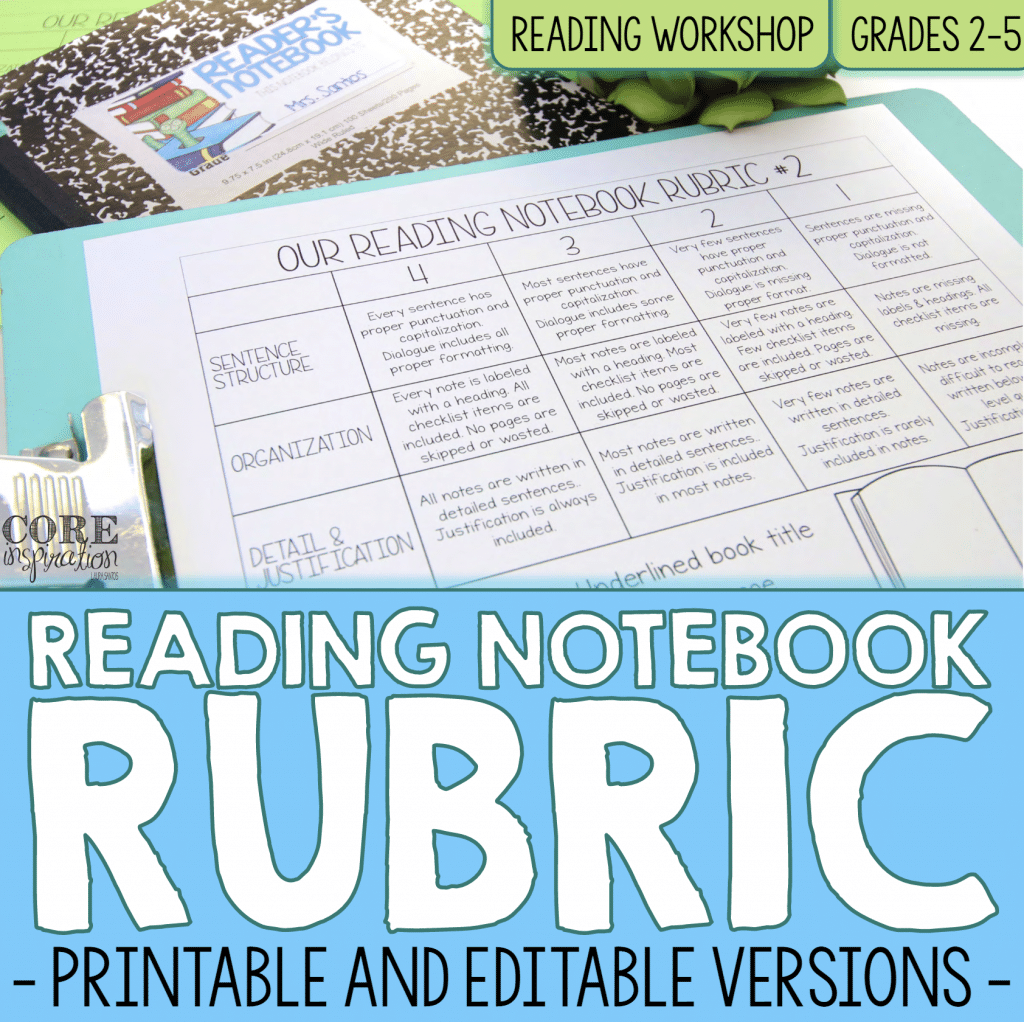
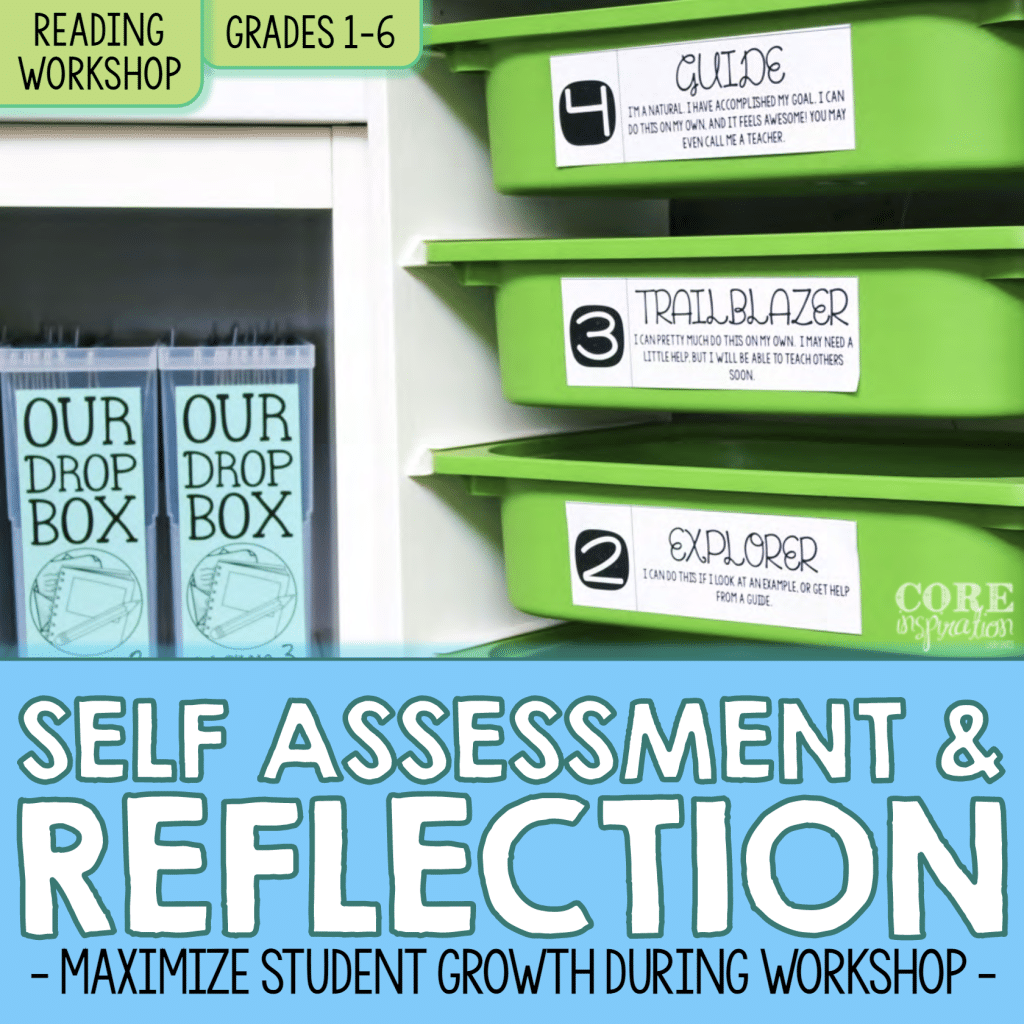
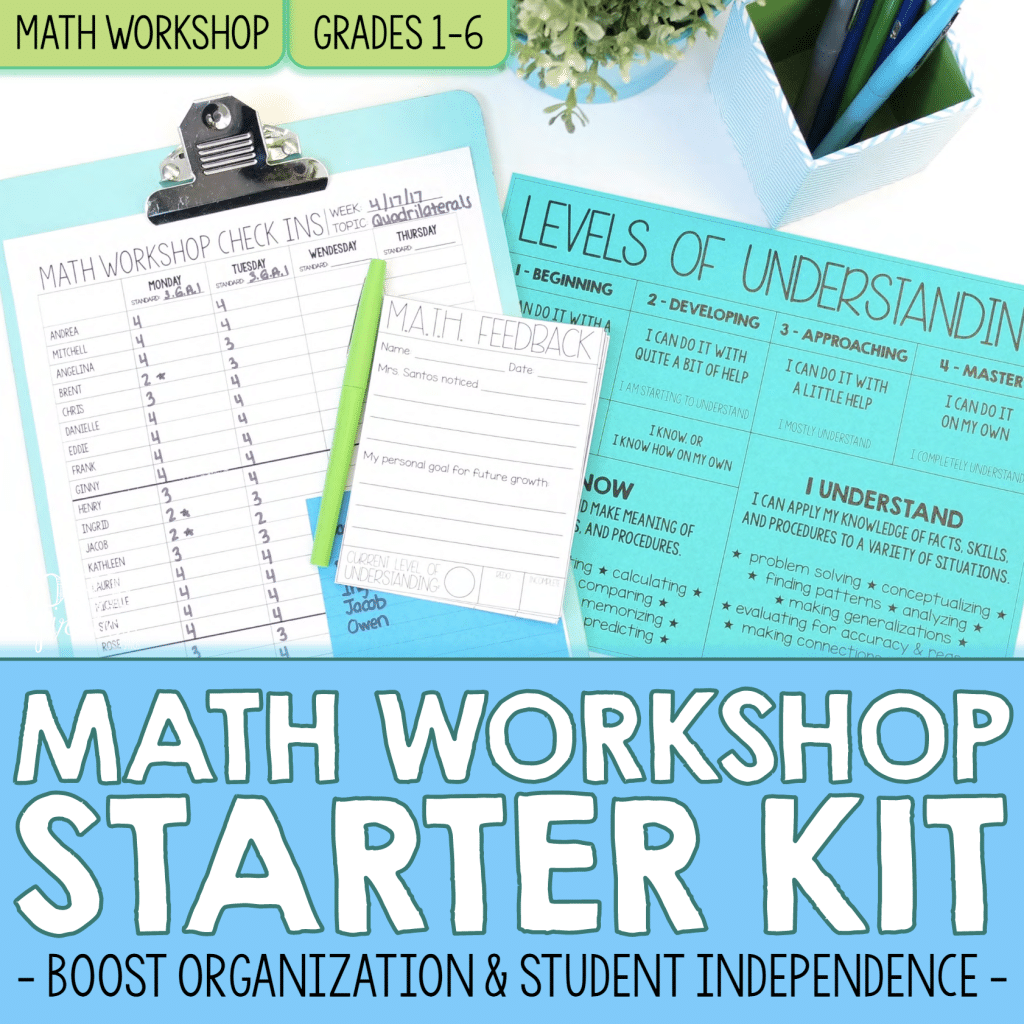
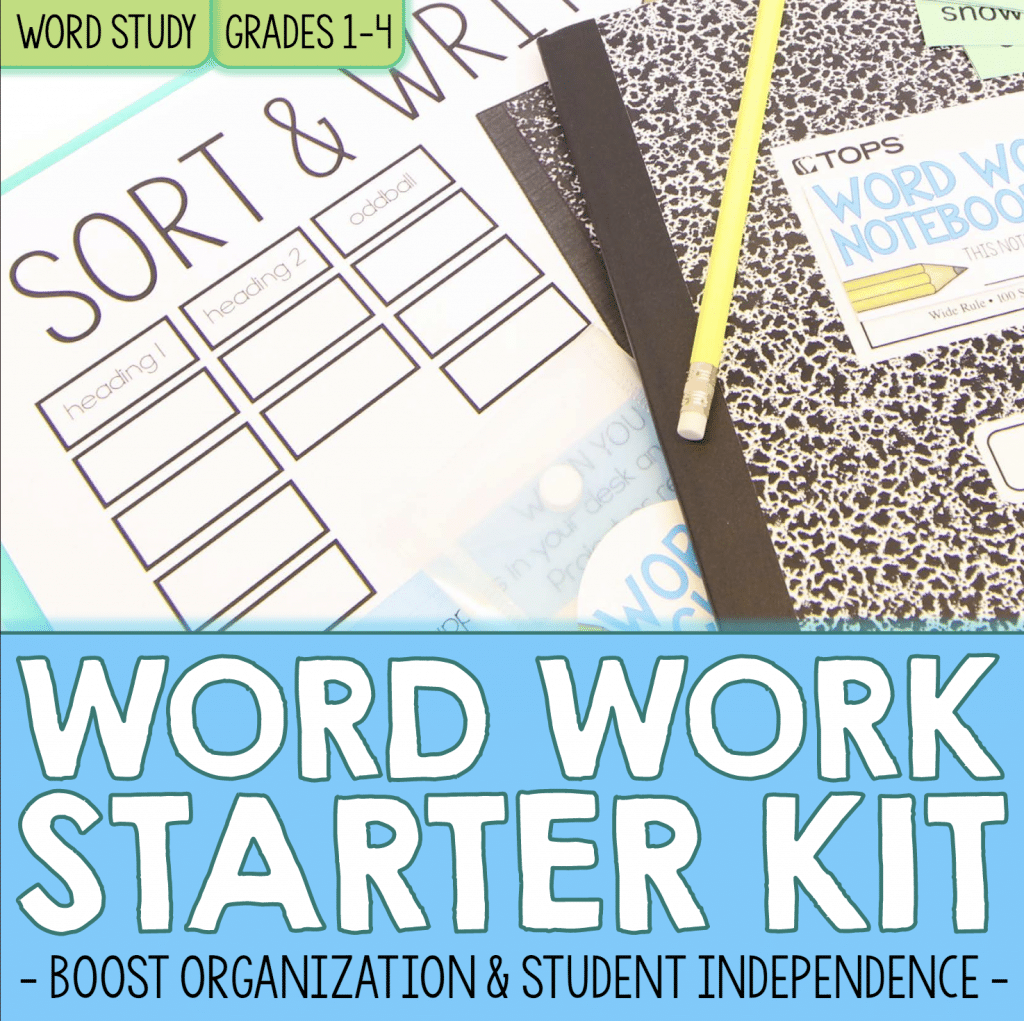
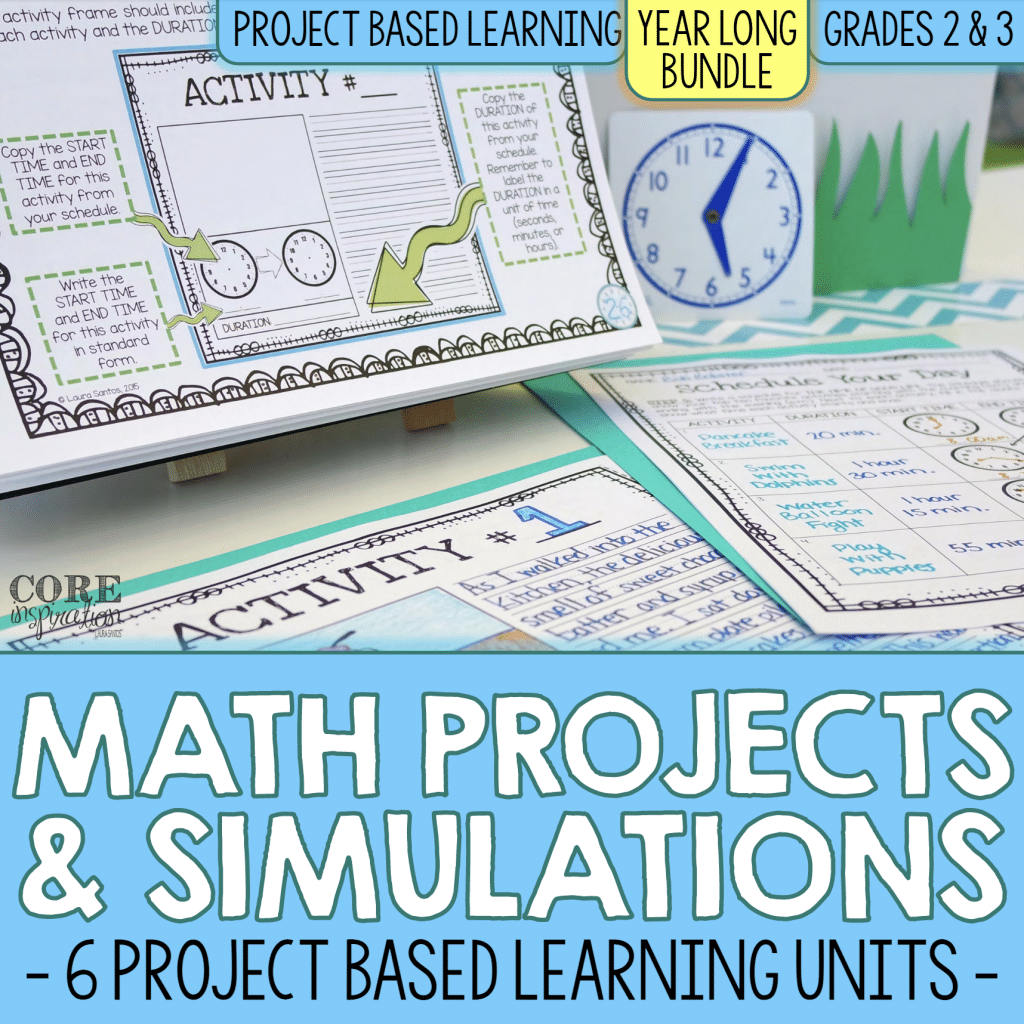
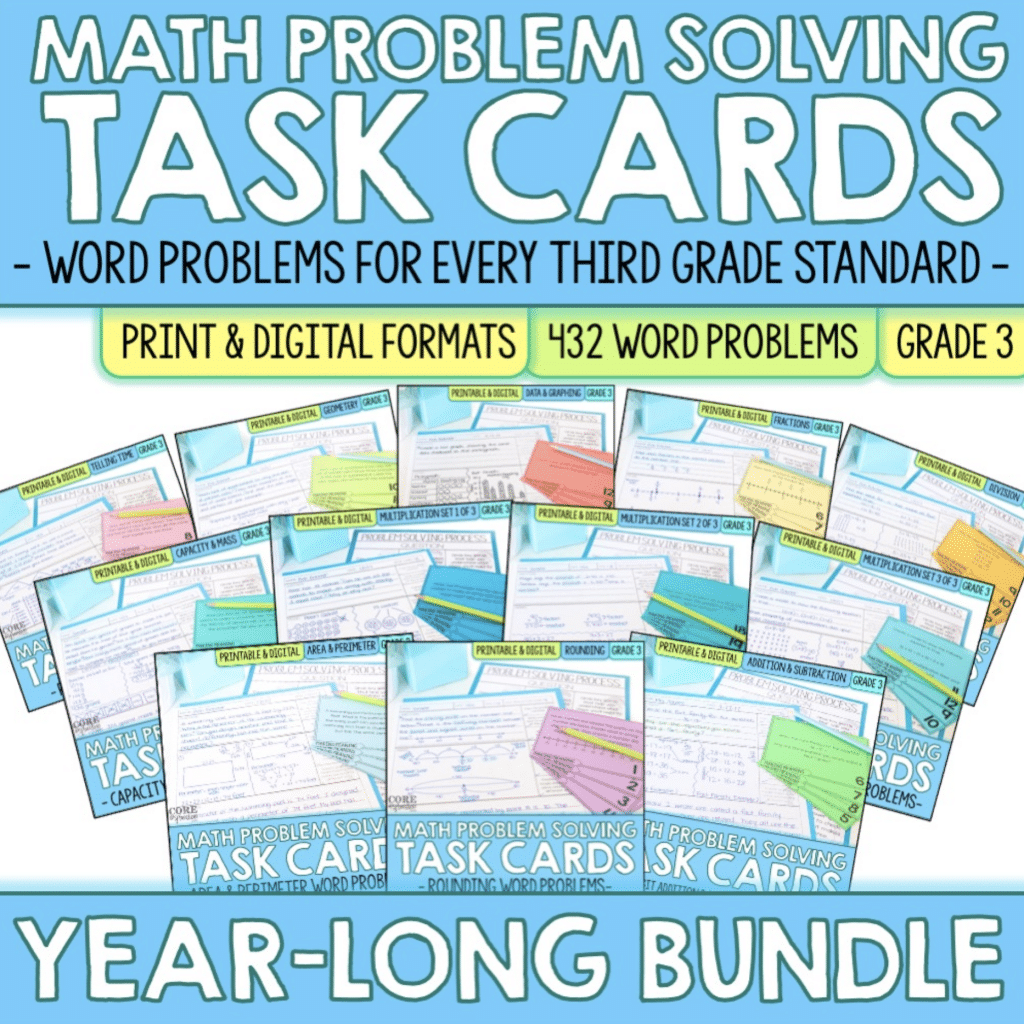

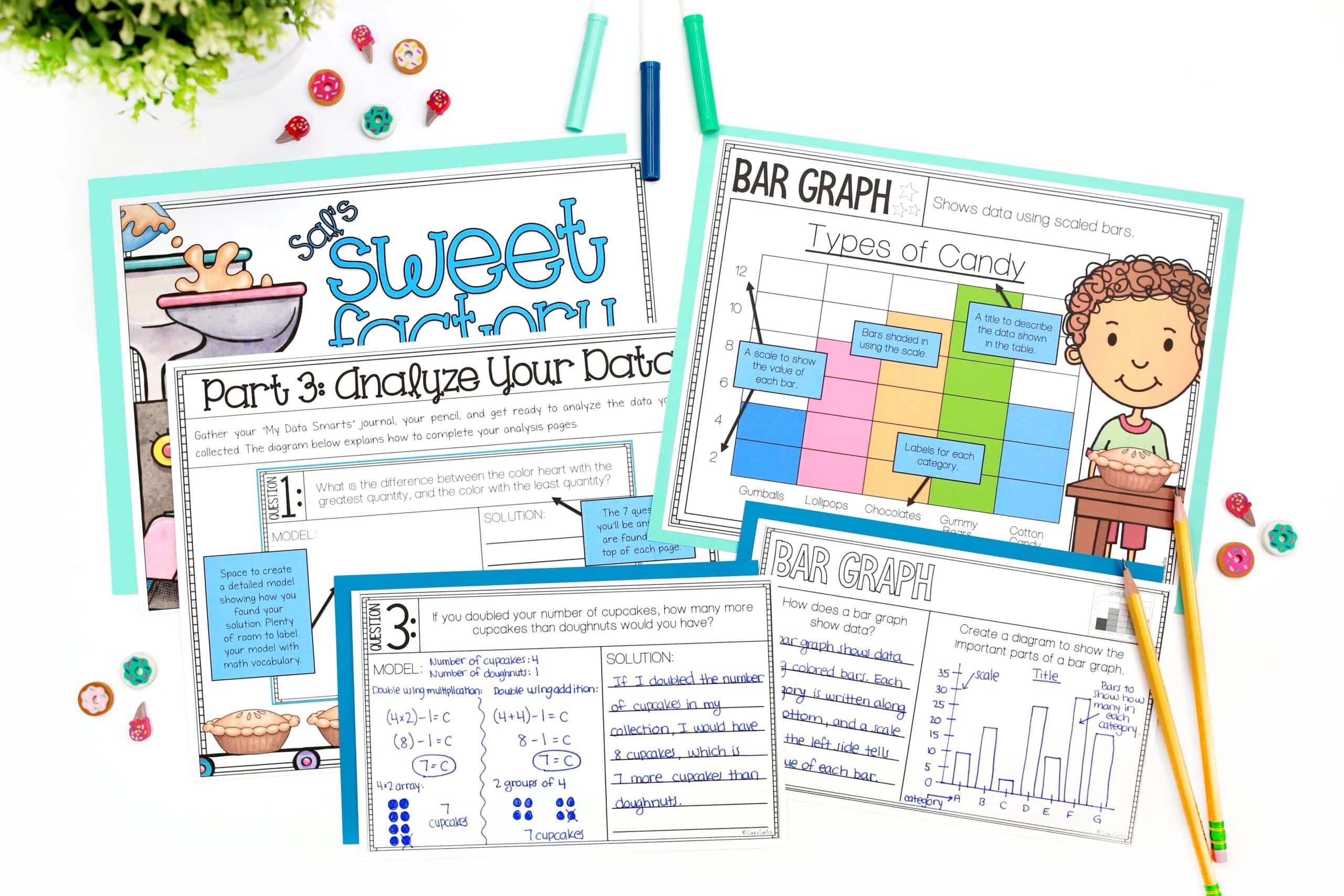
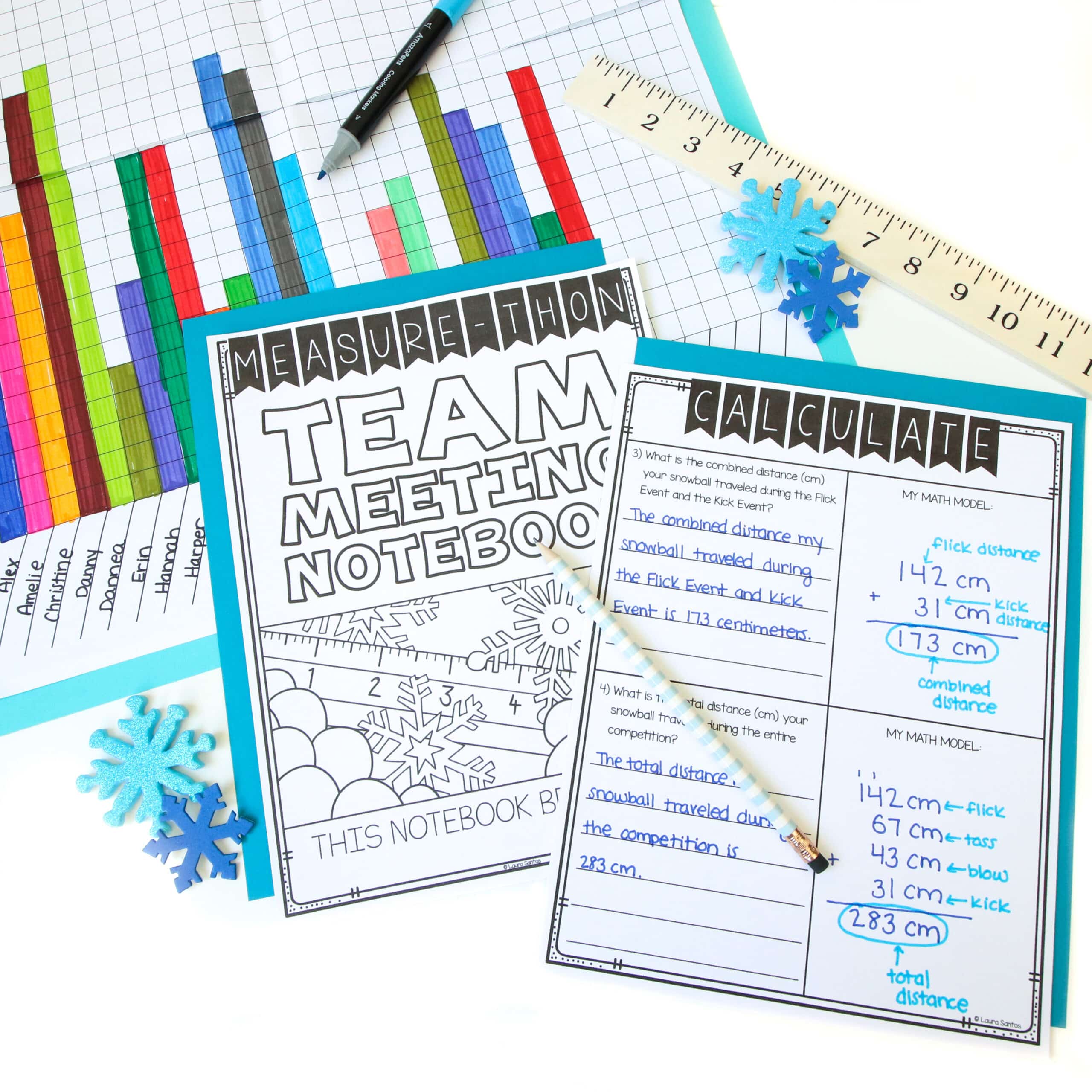

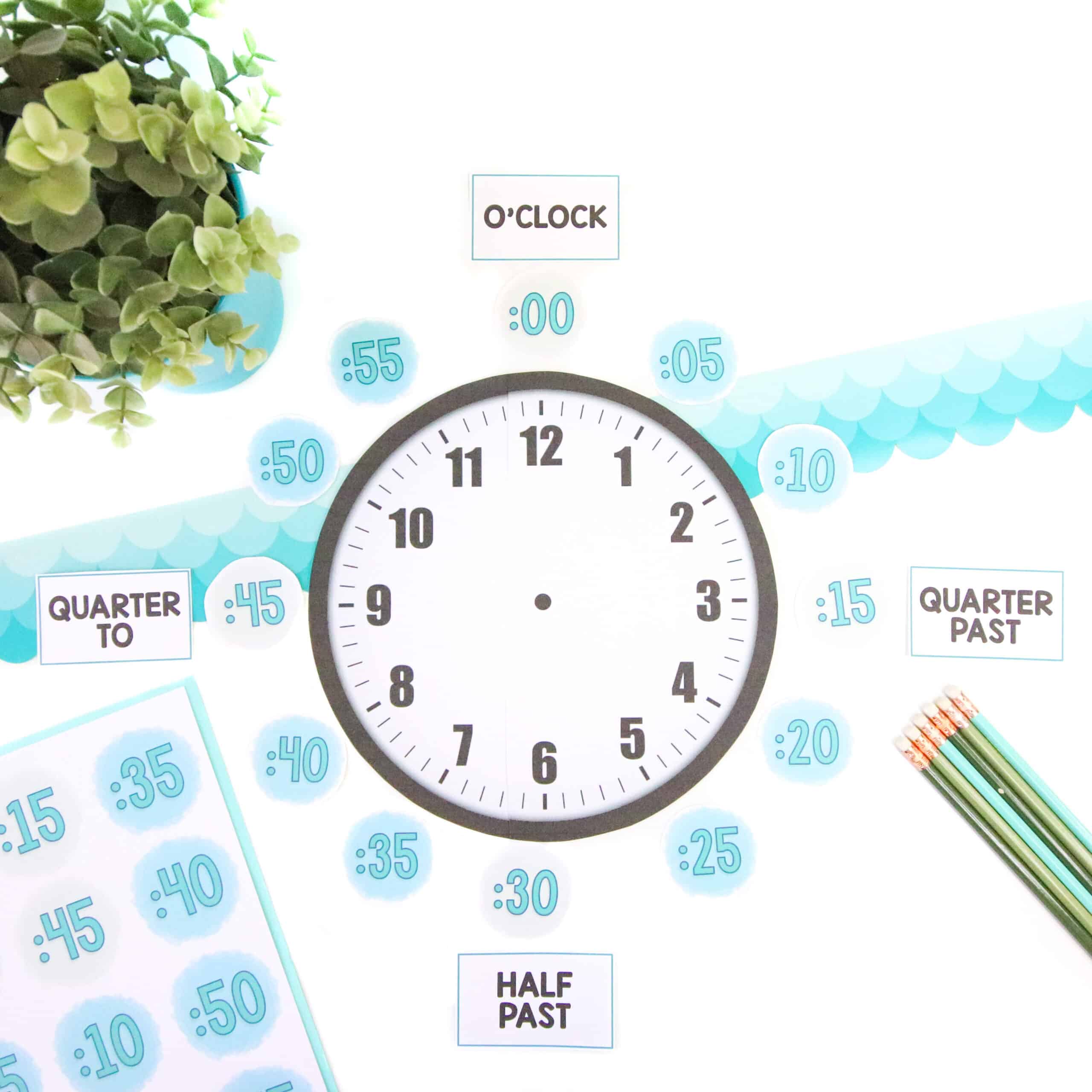
One Response
Thank you for providing me with an “ah ha” moment. This helps me understand John Hattie’s #2 effect in student learning; “self-reported grades” which he redefined as letting them choose the grade they were striving for.
https://visible-learning.org/hattie-ranking-influences-effect-sizes-learning-achievement/
You are AWESOME!